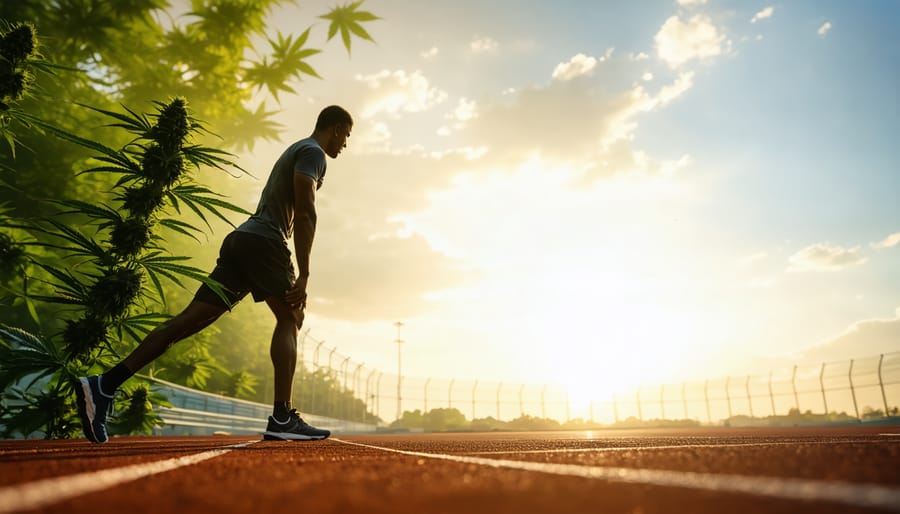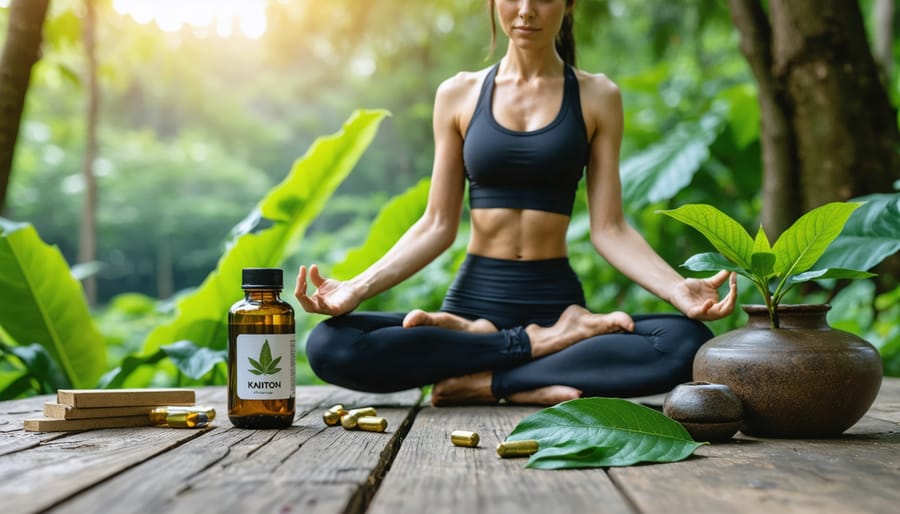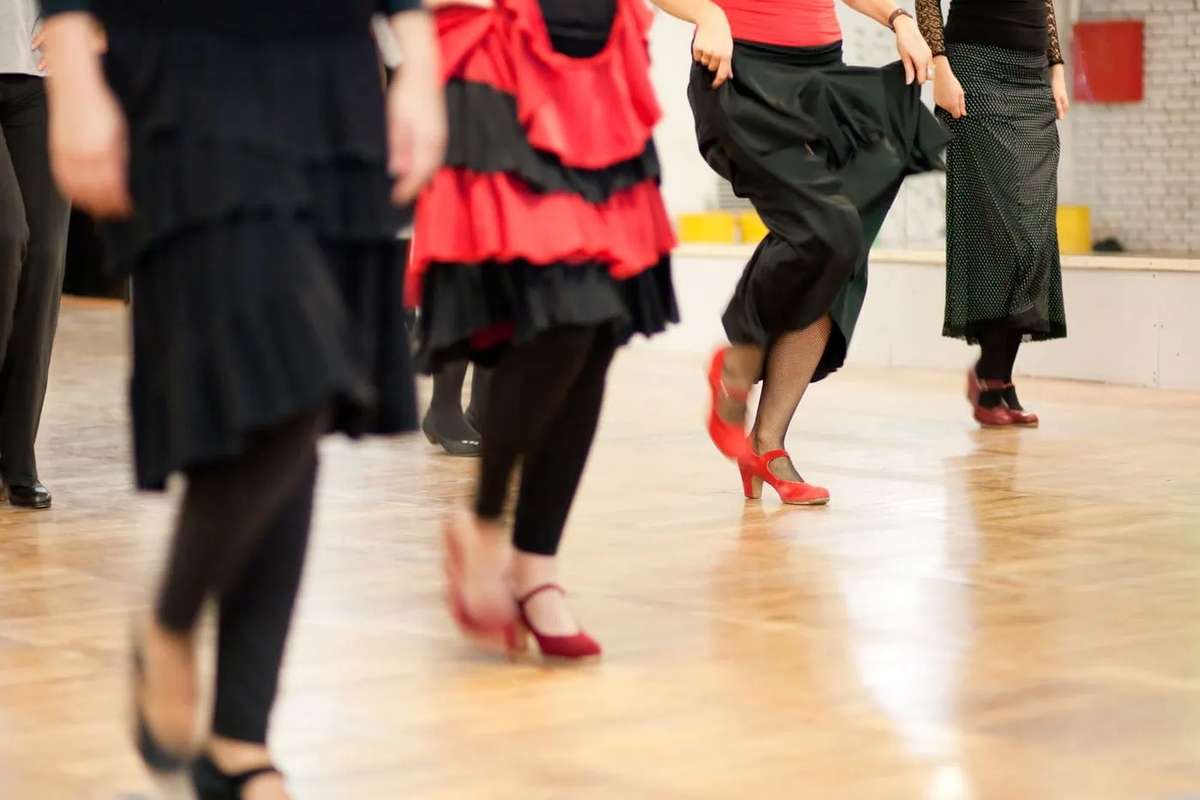Athletes worldwide are revolutionizing their recovery and performance routines by integrating THCa flower and cannabis products into their wellness regimens. From elite competitors to weekend warriors, the intersection of sports and cannabis represents a powerful shift in how we approach athletic well-being and peak performance.
Recent studies suggest that cannabinoids may offer natural alternatives for managing exercise-induced inflammation, reducing recovery time, and improving sleep quality – three crucial factors in any athlete’s success. While traditional sports medicine focuses primarily on physical recovery, cannabis-based approaches address both the body and mind, potentially offering a more holistic path to athletic excellence.
As more regions legalize cannabis use and sports organizations revise their policies, athletes are discovering innovative ways to incorporate these plant-based solutions into their training and recovery protocols. This evolution in sports wellness isn’t just changing how athletes perform – it’s transforming how we think about natural performance optimization and sustainable athletic longevity.
Join us as we explore the emerging science, real-world applications, and community experiences shaping the future of cannabis in sports wellness. Whether you’re a competitive athlete or fitness enthusiast, understanding this dynamic relationship could be a game-changer for your athletic journey.
The Science Behind Cannabis and Athletic Performance
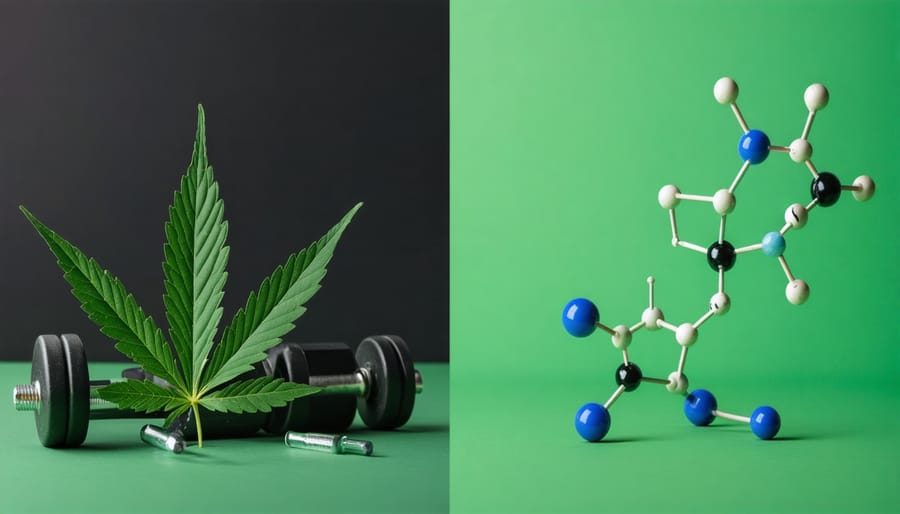
CBD vs. THC in Sports
When it comes to sports and recovery, understanding the difference between CBD and THC is crucial for making informed choices about your wellness routine. CBD has gained popularity among athletes because it may help with inflammation and recovery without affecting athletic performance. Unlike its cousin THC, CBD won’t get you high or impair your coordination and judgment.
THC, while known for its pain-relieving properties, comes with limitations in sports due to its psychoactive effects and legal status. Most sports organizations prohibit THC use, and it could lead to failed drug tests and potential penalties. CBD, on the other hand, is generally accepted in sports when derived from hemp and containing minimal THC (usually less than 0.3%).
For athletes looking to incorporate cannabis-based products into their routine, CBD offers a safer option. It can be used in various forms – from oils and topicals to edibles – and many athletes report benefits like better sleep, reduced muscle soreness, and improved recovery times. Just remember to check your sport’s specific regulations and always choose products from reputable sources that provide third-party testing results.
While both compounds come from the cannabis plant, CBD’s non-intoxicating nature makes it the preferred choice for most athletes seeking natural wellness support without compromising their competitive edge.
Impact on Recovery and Inflammation
When it comes to recovery and inflammation management, cannabis is showing promising results for athletes across various sports disciplines. Recent studies suggest that certain cannabinoids, particularly CBD, may help reduce exercise-induced inflammation and support faster recovery times – similar to what you might experience in athletic therapy.
Athletes report that cannabis compounds can help ease post-workout muscle soreness and decrease recovery time between training sessions. This is particularly beneficial for endurance athletes and those participating in high-impact sports. The anti-inflammatory properties of cannabis may help reduce swelling and discomfort after intense physical activity, allowing for more consistent training schedules.
Research indicates that CBD, in particular, interacts with the body’s endocannabinoid system to help regulate inflammation responses. This natural process can support muscle repair and reduce oxidative stress, which are crucial factors in athletic recovery. Many athletes are incorporating cannabis-based products into their recovery routines, using topical applications, oils, or other legal forms where permitted.
However, it’s important to note that while early research is promising, more studies are needed to fully understand the long-term effects. Athletes should always consult with healthcare providers and follow local regulations before incorporating cannabis products into their wellness routines.
Cannabis Applications in Running and Soccer
Endurance Training Benefits
For endurance athletes, particularly long-distance runners, recovery is just as crucial as the training itself. Cannabis products are emerging as valuable tools in the recovery toolkit, offering several potential benefits for those logging serious miles.
CBD-based products have shown promise in managing inflammation and muscle soreness, common challenges for distance runners. Many athletes report that CBD-infused topicals help soothe tired legs after long training sessions, while CBD oils may support better sleep quality – essential for recovery between runs.
THC, when used responsibly and where legal, might help runners push through mental barriers during extended training periods. Some endurance athletes find that micro-dosing cannabis products helps them maintain focus during lengthy runs while managing exercise-induced discomfort.
Recovery-focused cannabis products can be particularly beneficial during high-volume training phases. They may help:
– Reduce post-run muscle tension
– Support healthy sleep patterns
– Manage training-related stress
– Aid in appetite regulation for proper nutrition
– Decrease recovery time between sessions
However, it’s important to approach cannabis use strategically. Start with small amounts, preferably during off-season training, to understand how your body responds. Pay attention to local regulations and competition rules, as many sports organizations have specific policies regarding cannabis use.
Remember to combine cannabis products with other recovery practices like proper nutrition, hydration, and rest. The best results often come from a well-rounded approach to recovery, where cannabis products complement rather than replace traditional recovery methods.
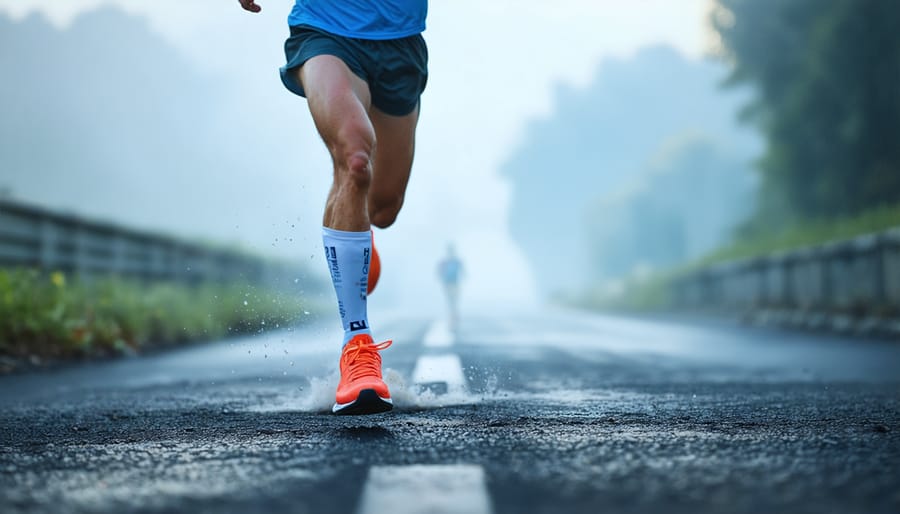
Team Sport Recovery Strategies
Team sports like soccer demand intense physical effort and quick recovery between matches and training sessions. Many athletes are discovering how cannabis-based products can complement their existing natural recovery methods to help maintain peak performance throughout the season.
For soccer players, CBD-infused topicals have become particularly popular for addressing muscle soreness after matches. Teams are incorporating these products into their cool-down routines, applying them alongside traditional ice baths and stretching exercises. The anti-inflammatory properties can help players bounce back faster, especially during tournament schedules with multiple games in quick succession.
Recovery protocols now often include CBD-based products in various forms: topical creams for localized muscle relief, tinctures for overall recovery support, and specially formulated drinks for post-game hydration. Team physicians and trainers are working together to develop comprehensive recovery plans that integrate these options safely and effectively.
Many professional teams have established specific guidelines for using cannabis-based recovery products, ensuring they comply with league regulations and anti-doping policies. This structured approach helps players maintain consistent recovery routines while staying within competition rules.
The communal aspect of team sports makes it essential to coordinate recovery strategies among all players. Successful teams often schedule group recovery sessions where players can support each other while following supervised protocols. This team-based approach not only enhances physical recovery but also strengthens team bonds and promotes a culture of wellness within the squad.
Legal and Safety Considerations
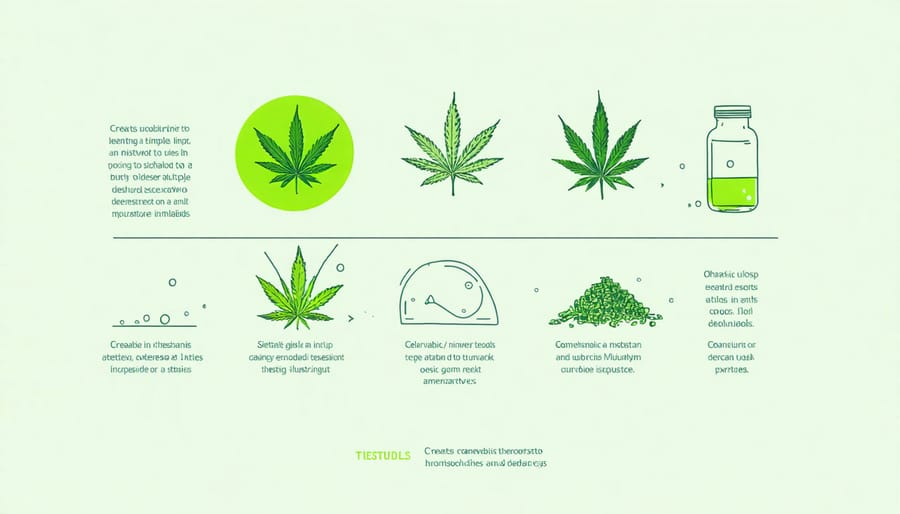
Competition Guidelines
Whether you’re a competitive athlete or a recreational sports enthusiast, it’s crucial to understand how cannabis use affects your eligibility to participate in sporting events. Most major sports organizations maintain strict policies regarding cannabis use, even in regions where it’s legally available.
The World Anti-Doping Agency (WADA) continues to include THC on its prohibited substances list, though CBD was removed in 2018. This means athletes competing in Olympic sports or international competitions must be particularly cautious about cannabis use, as positive tests can result in significant suspensions and loss of achievements.
For local and recreational leagues, policies vary widely. Some community sports organizations have adapted their guidelines to align with changing regional laws, while others maintain zero-tolerance approaches. Before participating in any organized sports event, always:
– Check your league’s specific substance policies
– Be aware of testing protocols and frequency
– Understand the difference between in-competition and out-of-competition rules
– Know your rights and appeal procedures
– Consider timing if you use cannabis for wellness
Remember that detection windows for THC can extend several weeks after use, depending on factors like frequency of use and individual metabolism. If you’re using cannabis for health or recovery purposes, work with your healthcare provider to develop a plan that aligns with your competitive schedule and applicable regulations.
Safe Usage Protocols
When incorporating cannabis into your training routine, safety should always be your top priority. Start with microdosing – using minimal amounts to understand how your body responds during different activities. Just as you’d approach staying fit and active, it’s essential to establish a structured routine.
Time your consumption wisely – avoid using cannabis immediately before high-intensity or complex movements that require sharp coordination. Instead, consider post-workout recovery periods or low-intensity training sessions. Always train with a buddy when experimenting with cannabis-enhanced workouts, and keep detailed notes about your dosage, timing, and effects.
Choose your consumption method carefully. Vaporizing or using tinctures offers more precise dosage control compared to edibles, which can have unpredictable onset times. Stay well-hydrated and maintain proper nutrition – cannabis use can affect appetite and hydration needs.
Listen to your body and respect its signals. If something doesn’t feel right, scale back or take a break. Remember that everyone responds differently to cannabis, so what works for others might not work for you. Start slow, stay consistent with your approach, and always prioritize your wellbeing over performance gains.
Finally, ensure you’re familiar with local regulations and your sport’s policies regarding cannabis use. Many athletic organizations have specific guidelines about THC levels and testing protocols.
Community Perspectives
Athletes from various sports communities are increasingly sharing their experiences with cannabis as part of their wellness routines. Sarah Martinez, a marathon runner from Colorado, describes how CBD helps her manage post-run inflammation: “After long training sessions, I use CBD balm on my joints. It’s been a game-changer for recovery, allowing me to maintain my intense training schedule.”
Professional mountain biker Tom Chen switched from traditional pain medications to cannabis products for managing chronic knee pain. “The natural approach helps me stay focused during rides without the foggy feeling I got from other medications,” he explains. “Plus, I sleep better, which is crucial for recovery.”
Basketball player Marcus Johnson emphasizes the mental wellness aspects: “The pressure of competitive sports can be overwhelming. I find that CBD helps me maintain my calm during high-stakes games while staying completely clear-headed.”
These perspectives reflect a growing trend in sports communities, where athletes are exploring natural alternatives for wellness. Lauren Peterson, a yoga instructor and former gymnast, shares: “Many of my athlete clients have found that incorporating cannabis products into their recovery routine has helped them maintain better body awareness and flexibility.”
However, athletes stress the importance of responsible use and proper timing. “It’s all about finding what works for your body and your sport,” says Alex Rivera, a mixed martial arts competitor. “I only use CBD products after training, never before or during competitions.”
The community’s experience also highlights the need for quality products and proper education. Swimming coach Patricia Thompson notes: “Athletes should research thoroughly and consult with healthcare providers, especially regarding competition regulations and product quality.”
These shared experiences demonstrate the diverse ways athletes are incorporating cannabis into their wellness routines, while maintaining focus on performance and recovery goals.
As we’ve explored throughout this guide, cannabis and sports wellness share a complex but promising relationship. The key is approaching this intersection with knowledge, responsibility, and respect for both your sport and your body. Remember that while many athletes report benefits from cannabis use, what works for one person may not work for another.
Always prioritize safety by starting with low doses and carefully monitoring how your body responds. Stay informed about your local laws and sports organization regulations regarding cannabis use. If you’re considering incorporating cannabis into your training or recovery routine, consult with healthcare professionals and experienced coaches who understand both athletics and cannabis.
Focus on creating a balanced approach to sports wellness that may include cannabis as one component of a broader strategy. This means maintaining proper nutrition, getting adequate rest, following proper training protocols, and building a strong support system within your sports community.
For those interested in exploring cannabis for sports wellness, we encourage you to connect with other athletes in your community who have experience in this area. Share experiences, learn from each other, and always keep the focus on your overall well-being and athletic goals. Remember that responsible use means knowing when to use, when not to use, and how to integrate cannabis safely into your active lifestyle.
Stay active, stay informed, and most importantly, stay true to your personal wellness journey.

